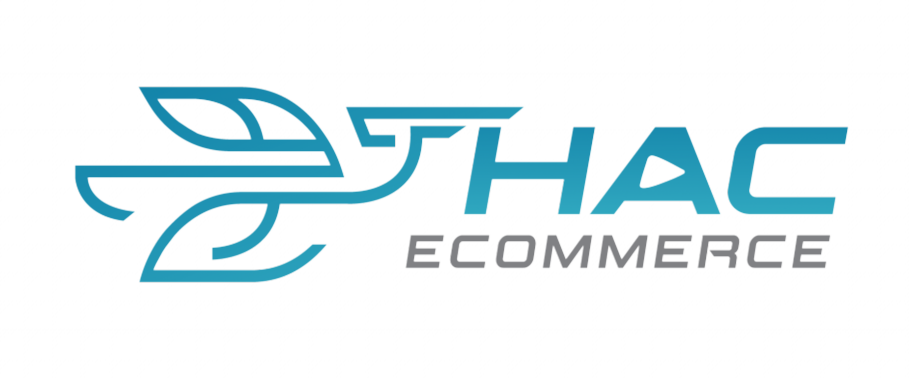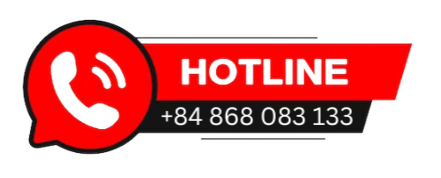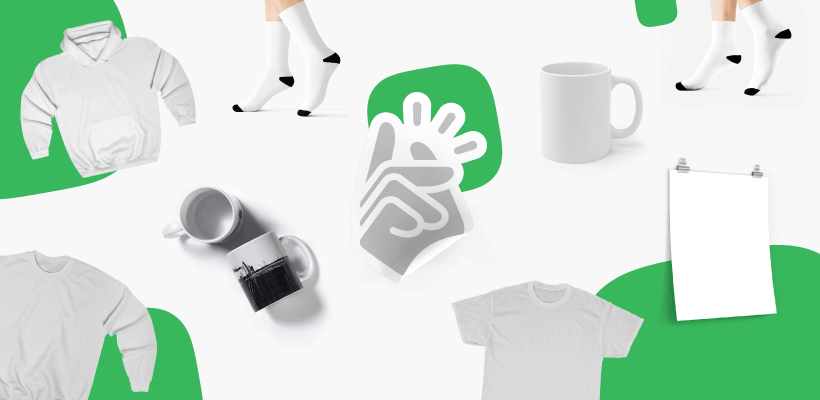POD Design: What It Is, Pros & Cons, and Trending Products to Sell
POD design is gaining popularity in e-commerce, especially among entrepreneurs looking to break into the print-on-demand model. In this article, we’ll explore:
- What POD design is
- The pros and cons of the POD business model
- Trending POD products to help you succeed
1. What Is POD Design?

POD design stands for Print on Demand, a business model where products are customized with designs and printed only after a customer places an order. This model extends dropshipping, allowing entrepreneurs to sell unique art and branded merchandise through online platforms without worrying about production, storage, or shipping logistics.
With POD, your primary tasks are to:
- Focus on creating unique, branded designs.
- Market your online store effectively.
The rest, such as printing, packaging, and shipping, is handled by POD providers. This makes POD an excellent choice for beginners in e-commerce because it eliminates upfront costs and inventory risks.
Many graphic designers and artists have successfully leveraged POD platforms to monetize their creative works. Even without much time for marketing or brand management, they have managed to generate income by focusing on high-quality, original designs.
POD is not just for designers; entrepreneurs with a team of designers or external support can also thrive in this business model. In short, POD makes it easier for anyone to enter the e-commerce space with a personalized brand and unique products.
2. Trending POD Products
Due to production limitations and customer demand, not all products are suitable for the POD market. Below are some popular and highly sought-after POD products to consider:
- T-Shirts: Includes polo shirts, tank tops, hoodies, and more.
- Tote Bags: Stylish and eco-friendly options.
- Mugs: Ceramic mugs, insulated tumblers, and travel mugs.
- Baseball Sets: Includes caps, jerseys, and even bats.
- Stickers: Custom designs for various surfaces.
- Keychains: Personalized or themed keychains.
- Posters: Great for home or office décor.
- Rugs: Decorative or functional rugs.
- Phone Cases: Custom designs for popular phone models.
- Bedding Sets: Includes sheets, pillowcases, and duvet covers.
These products offer great potential for creative designs that resonate with specific audiences.
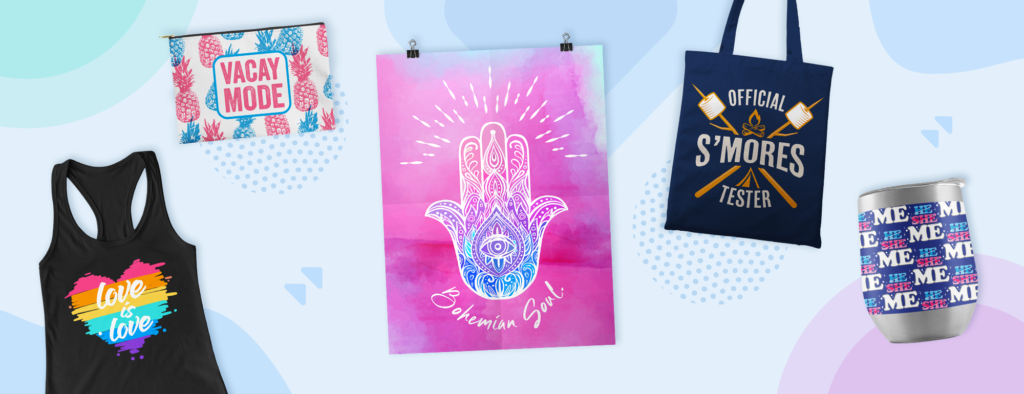
3. Pros and Cons of POD Design
Like any business model, POD has its advantages and disadvantages.
3.1. Pros
- Easy to Start and Operate: Most POD platforms are user-friendly, making setting up and running your store simple. The process typically involves:
- Registering an account.
- Creating a personal storefront.
- Uploading your product designs.
- No Inventory Risks: With POD, products are only produced and shipped after a customer orders. This eliminates the risks and costs associated with unsold inventory.
- Reduced Fulfillment Responsibilities: Fulfillment, including packaging and shipping, is handled entirely by the POD provider. This saves you time and effort, allowing you to focus on creating and marketing your designs.
- Leverages Your Strengths: By eliminating logistics challenges, POD allows you to focus on your strengths, such as designing, community building, or crafting marketing strategies.
For instance, instead of worrying about inventory or shipping, you can create unique art, build your audience, and launch effective advertising campaigns.
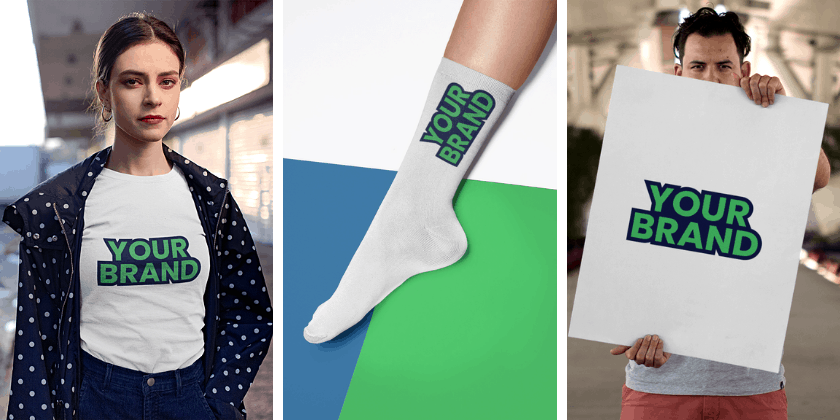
3.2. Cons
- Lower Profit Margins: Since POD involves outsourcing production, the cost per item is higher than buying in bulk. As a result, your profit margins may be lower.
- Limited Customer Experience Control: While POD saves time, you have no control over packaging and shipping. Adding personal touches that surprise and delight your customers can make it challenging.
- Restricted Data Access: POD platforms generally provide limited data compared to full-fledged e-commerce platforms. For example, you might not have access to in-depth sales forecasts or customer insights, which can hinder market analysis.
- Limited Product Variety: The capabilities of your POD provider constrain your product offerings. Expanding your product line may require switching providers or finding new suppliers, which takes time.
POD design is also less suitable for entrepreneurs targeting niche markets or looking to create highly unique products.
4. Summary
POD is a fantastic business model for those looking to start an online business with minimal upfront costs. However, it requires effort to understand the market, identify trends, and create compelling designs.
If you’re ready to explore POD design but need fulfillment or Paypal accounts rental services, consider working with a trusted service provider like Hacecommerce. They can help you confidently enter the POD market and scale your business effectively.
